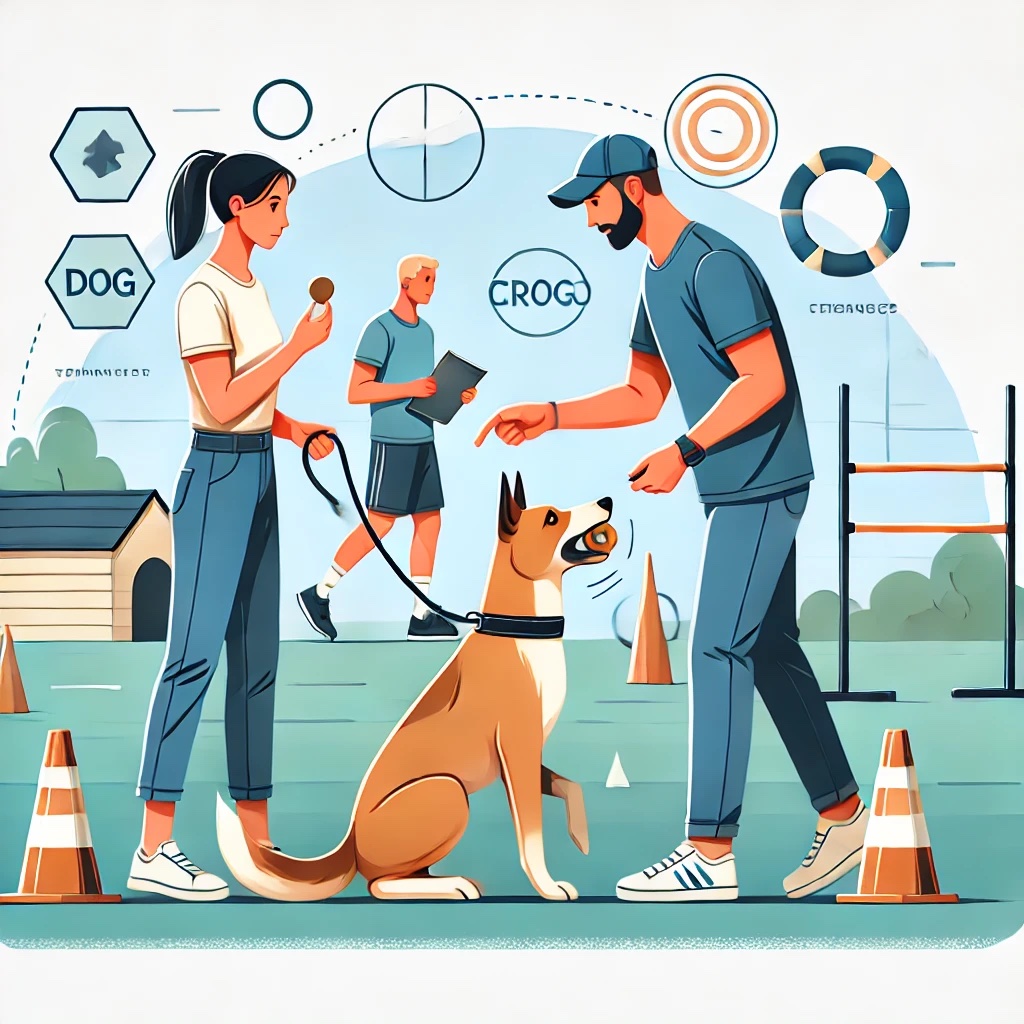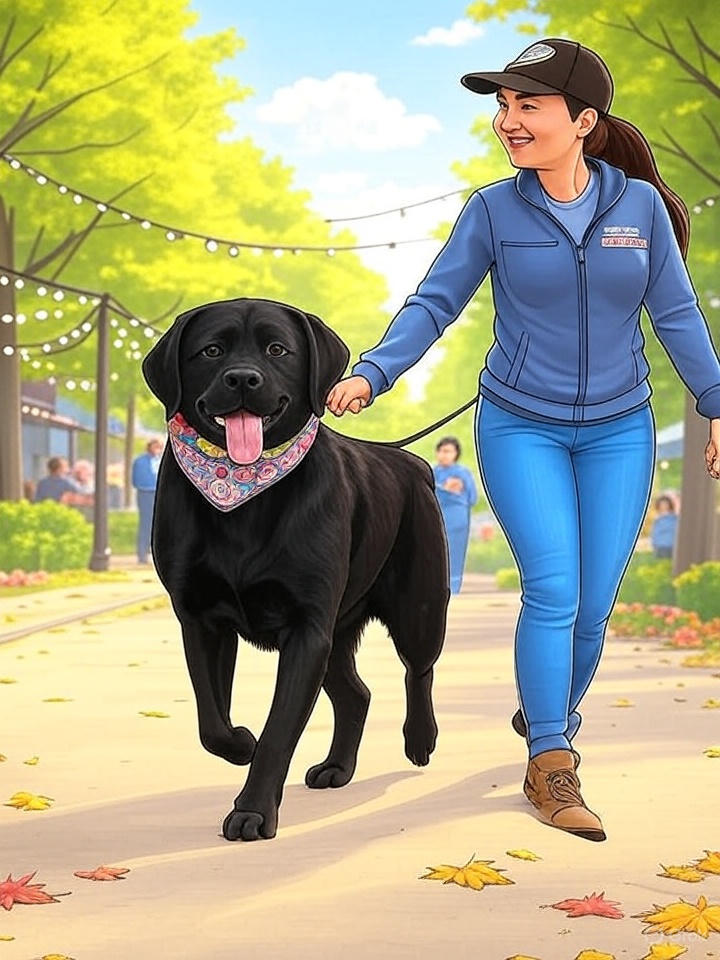10 Common Training Mistakes and Myths Dog Owners Should Avoid
Training your dog is an essential part of responsible pet ownership, but many well-meaning dog owners fall into common mistakes or believe in outdated myths that can slow down their dog’s progress. Let’s debunk these myths and highlight the training mistakes you should avoid to achieve better results.
1. Myth: Dogs Behave Badly Out of Spite
It’s a common belief that dogs misbehave to “get back” at their owners, but dogs don’t have the same motivations as humans. If your dog is acting out, it’s likely due to stress, boredom, lack of training, or unmet needs—not revenge. Understanding your dog’s behavior can help you address the root cause instead of attributing it to spite.
2. Mistake: Inconsistent Commands
Using different words or phrases for the same command confuses your dog. For example, switching between “come” and “here” can make it hard for them to understand what you want. Stick to one word per command to ensure clear communication.
3. Myth: My Dog Should Know Better by Now
Dogs don’t inherently understand human expectations. If your dog is exhibiting bad behavior, it’s not because they “should know better,” but likely because they need more training, clearer instructions, or reinforcement of the rules.
4. Mistake: Training Only When the Dog Misbehaves
A common mistake is only working on training when a dog is acting out. Consistency is key—regular, short training sessions help your dog learn better than waiting until problems arise. Proactively practicing commands, even when your dog is behaving, reinforces good behavior and helps them stay sharp.
5. Myth: You Can’t Teach an Old Dog New Tricks
It’s never too late to train your dog. While it may take more time for older dogs to unlearn bad habits, they are fully capable of learning new commands and behaviors with patience and consistency.
6. Myth: Only Positive Reinforcement Works
While all dog training is positively reinforced, balanced training—which includes both rewards and appropriate corrections—more effective in all situations just like with humans. Balanced training helps set clear boundaries and consequences, which can be important for addressing challenging behaviors. The key is using corrections in a fair, humane, understood, and constructive way, without causing fear or anxiety in the dog.
7. Myth: My Dog is Stubborn
If your dog isn’t responding to training, it’s likely not due to stubbornness. Dogs often don’t respond because they don’t fully understand what’s being asked, are overwhelmed, or haven’t had enough consistent practice. Clear communication and patience are key.
8. Mistake: Not Socializing Enough
Many dog owners assume their dog will just “figure it out” in social situations. Lack of proper socialization can lead to anxiety or aggression. Introduce your dog to a variety of people, dogs, and environments in a controlled way to help them adapt to new experiences.
9. Myth: Crate Training is Cruel
Crate training, when done properly, is not cruel—it provides your dog with a safe and secure space to relax. It’s important to make the crate a positive environment, not a place of punishment.
10. Mistake: Expecting Immediate Results
Training takes time, and expecting instant results can lead to frustration. Each dog learns at their own pace, so patience and consistency are critical to long-term success. Celebrate small victories and understand that obedience training is a gradual process.
Avoiding these common mistakes and myths can dramatically improve your dog’s training progress. Remember, successful training is built on clear communication, consistency, and patience. If you’re struggling with any aspect of training, consider seeking help from a professional trainer who can guide you through the process.
If you’re ready to take your dog’s training to the next level, reach out to us at OffLeashGeorgia.com for personalized, professional training solutions!





